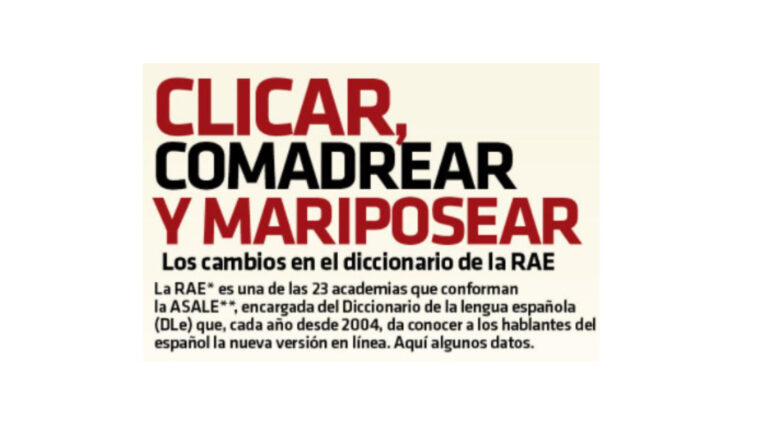In Spanish, one way to classify verbs is by their endings, -ar, -er, and -ir. In a few years, the -ar verbs will be the big majority. The reason is that almost every new verb that is being incorporated into the language is always -ar. Many of these verbs come from either English or other foreign languages or are slang, and many are not recognized by the Academy. There are probably some new -er and -ir verbs, but I can’t think of a single one. Examples of these verbs are:
| boicotear | to boycott |
| chamaquear (Mex) | to take advantage of someone who is inexperienced |
| chatear | to chat |
| checar, chequear | to check |
| cliquear | to click |
| comadrear | to gossip (among women) |
| flirtear | to flirt |
| formatear | to format a disk |
| parquear (Spain). Estacionarse in Latin America. | to park a car |
| teclear | to type on a keyboard |
| testar (Spain), testear (Argentina). Probar, someter a prueba, poner a prueba in Mexico. | to test |
| transar (Mex) | to swindle |
By the way, fortunately, these new verbs are regular.
Originally posted on 20070825. Updated on 20071018. Latest update 20210413 (spanishNY.com) Top




